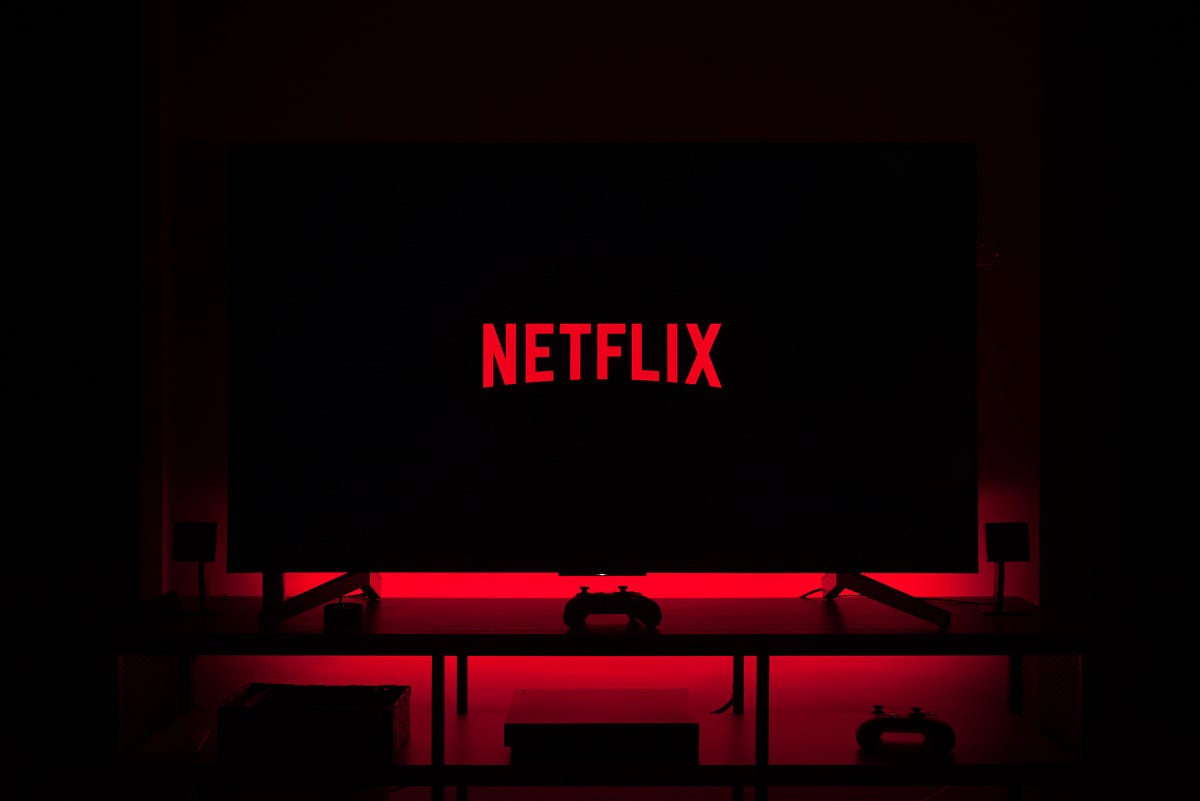What is Netflix and what do they do?
Netflix is a media service provider that is based out of America. It provides movie streaming through a subscription model. It includes television shows and in-house produced content along with movies. Initially, Netflix used to sell DVDs and functioned as a rental service by mail. They have discontinued selling DVDs a year later but continued their rental service. In 2010, they went online and started a streaming service. Since then Netflix has grown to be one of the best and largest streaming services in the world (Netflix,2020).
Netflix has taken up an active role in producing movies and TV shows. The company is heavily data-driven. Netflix lies in the middle of the internet and storytelling. They are inventing new internet television. Their main source of income comes from users’ subscription fees. They allow users to stream data from a wide range of their movies and TV shows at any time on a variety of internet-connected services (Gomez-Uribe et. al., 2016).
What is the domain (subject matter area) of their study ?
The primary asset of Netflix is their technology. Especially their recommendation system. The study of the recommendation system is a branch of information filtering systems (Recommender system, 2020). Information filtering systems deal with removing unnecessary information from the data stream before it reaches a human. Recommendation systems deal with recommending a product or assigning a rating to item. They are mostly used to generate playlists for the audience by companies such as YouTube, Spotify, and Netflix. Amazon uses recommender systems to recommend products to its users. Most of the recommender systems study users by using their history. Recommender systems have two primary approaches. They are collaborative filtering or content-filtering. Collaborative filtering relies on the concept that people who liked something in the past would also like the same experience in the future. Contentbased filtering methods are useful in places where information is known about the item but not about the user. It functions as a classification task-specific to the user. It models a classifier to model the likes and dislikes of the user concerning the characteristics of an item.
Why did they want/need to do a big data project ?
Netflix’s model has changed from renting/selling DVDs to global streaming in a year (Netflix Technology Blog, 2017a). Unlike cable TV, internet TV is all about choice. Netflix wanted to help viewers by choosing among numerous options available to them through their streaming service. Cable TV is very rigid with respect to geography. However, a broad range of items is available on the catalog of internet TV with pieces from different genres, from different demographics to appeal to people of different tastes.
The recommendation problem while selling DVDs was predicting the number of stars a user would give the DVD that ranges from 1 star to 5 stars. That was the only task they concentrated heavily upon as that was the only thing, they would receive from a member who has already watched the video. They would not have any idea about the viewing experience, statistics and get no feedback during viewing. When Netflix turned into a streaming service, they have huge access to activity data of its members. This includes their details associated with the device, the time of the day, the day of the week and the frequency of watching. As the number of people subscribing and watching Netflix grew, the task became a big data project.
#analytics #recommendations #data-science #netflix #big-data
